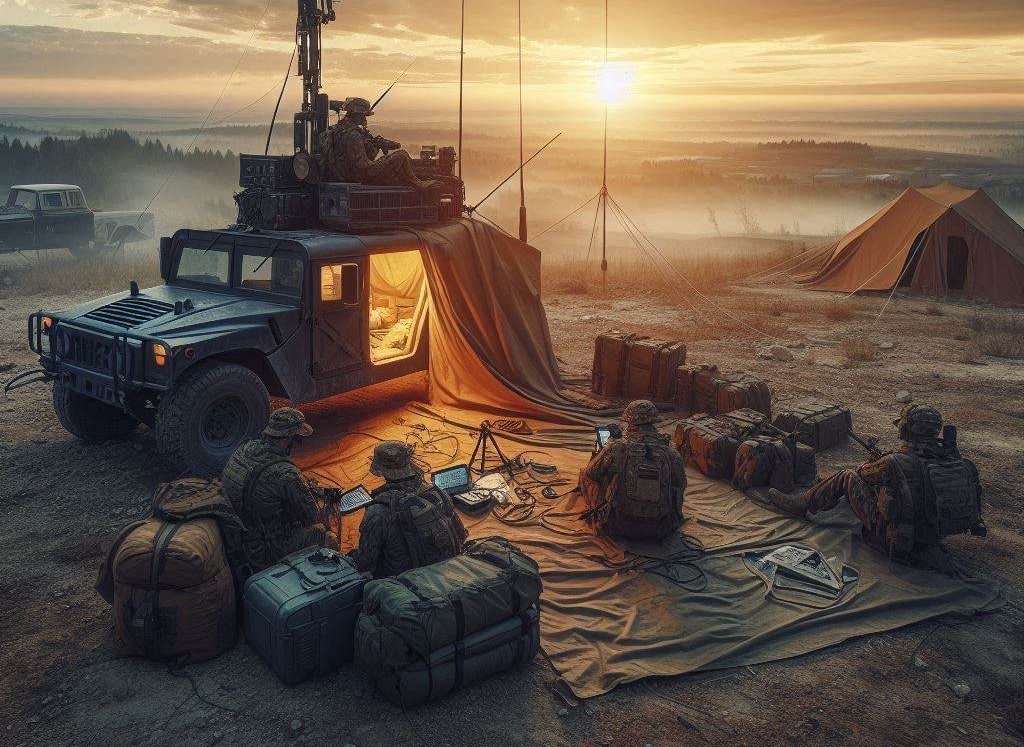In times of crisis, reliable communication can be the difference between safety and disaster. Long-range emergency communication antennas are crucial for maintaining contact when traditional networks fail. Whether you’re a survivalist, part of a disaster response team, or just someone who values preparedness, knowing how to install and optimize these antennas can ensure you’re never cut off when it matters most. This guide will walk you through the steps to install a long-range emergency communication antenna for optimal performance and explain why such an antenna is vital.
Why Long-Range Emergency Communication Antennas Are Important
- Reliability During Disasters:
- Natural disasters like hurricanes, earthquakes, and wildfires often disrupt traditional communication networks. Long-range antennas can bypass damaged infrastructure, maintaining vital lines of communication.
- Extended Reach:
- These antennas can communicate over vast distances, ensuring you can contact emergency services, coordinate with other responders, or connect with family and friends even when you’re far from urban centers.
- Versatility:
- Long-range antennas can be used with various communication devices, including ham radios, CB radios, and satellite phones, providing flexibility in how you stay connected.
- Self-Sufficiency:
- By installing and maintaining your own communication system, you reduce reliance on external networks and increase your resilience in any emergency scenario.
How to Install a Long-Range Emergency Communication Antenna for Optimal Performance
Step 1: Choose the Right Antenna
- Type of Antenna:
- For long-range communication, a high-gain directional antenna or a multi-band dipole antenna is often ideal. Choose based on your specific needs and the type of equipment you’ll be using.
- Frequency Range:
- Ensure the antenna is compatible with the frequencies you plan to use. Emergency communication often relies on VHF, UHF, or HF bands.
Step 2: Select an Optimal Location
- Elevation:
- Install the antenna at a high point to maximize range. Roofs, towers, or elevated ground are ideal spots.
- Obstructions:
- Avoid placing the antenna near large obstructions like buildings, trees, or hills that can block or reflect signals.
Step 3: Assemble the Antenna
- Follow Manufacturer Instructions:
- Carefully assemble the antenna components as per the manufacturer’s guidelines. This ensures structural integrity and optimal performance.
- Secure Mounting:
- Use a sturdy mast or mounting bracket to secure the antenna. Ensure it is stable and can withstand environmental conditions like wind or rain.
Step 4: Connect the Antenna to Your Equipment
- Use Quality Cables:
- High-quality coaxial cables with minimal signal loss are essential. Ensure all connections are tight and well-insulated.
- Grounding:
- Proper grounding is critical to protect your equipment from lightning and static electricity. Follow grounding guidelines to ensure safety.
Step 5: Test and Optimize
- Initial Testing:
- Use a SWR (Standing Wave Ratio) meter to test the antenna’s performance. An SWR reading close to 1:1 indicates optimal performance.
- Fine-Tuning:
- Adjust the antenna position, height, and orientation to achieve the best signal strength and clarity. Repeat testing after each adjustment.
Step 6: Regular Maintenance
- Inspect Regularly:
- Periodically check the antenna and all connections for wear and tear. Look for signs of corrosion or physical damage.
- Clean and Protect:
- Keep the antenna clean and ensure all exposed parts are protected from the elements. Apply weatherproofing measures as needed.
Recommendations
Installing one of the long-range emergency communication antennas shown below is a critical step in ensuring reliable communication during emergencies. By following these guidelines, you can optimize the performance of your antenna and maintain vital connections when traditional networks fail. The ability to communicate over long distances in times of crisis is not just a convenience—it is a crucial component of preparedness and safety. Investing time and resources into a robust communication setup can provide peace of mind and potentially save lives.
See more Technical Articles

